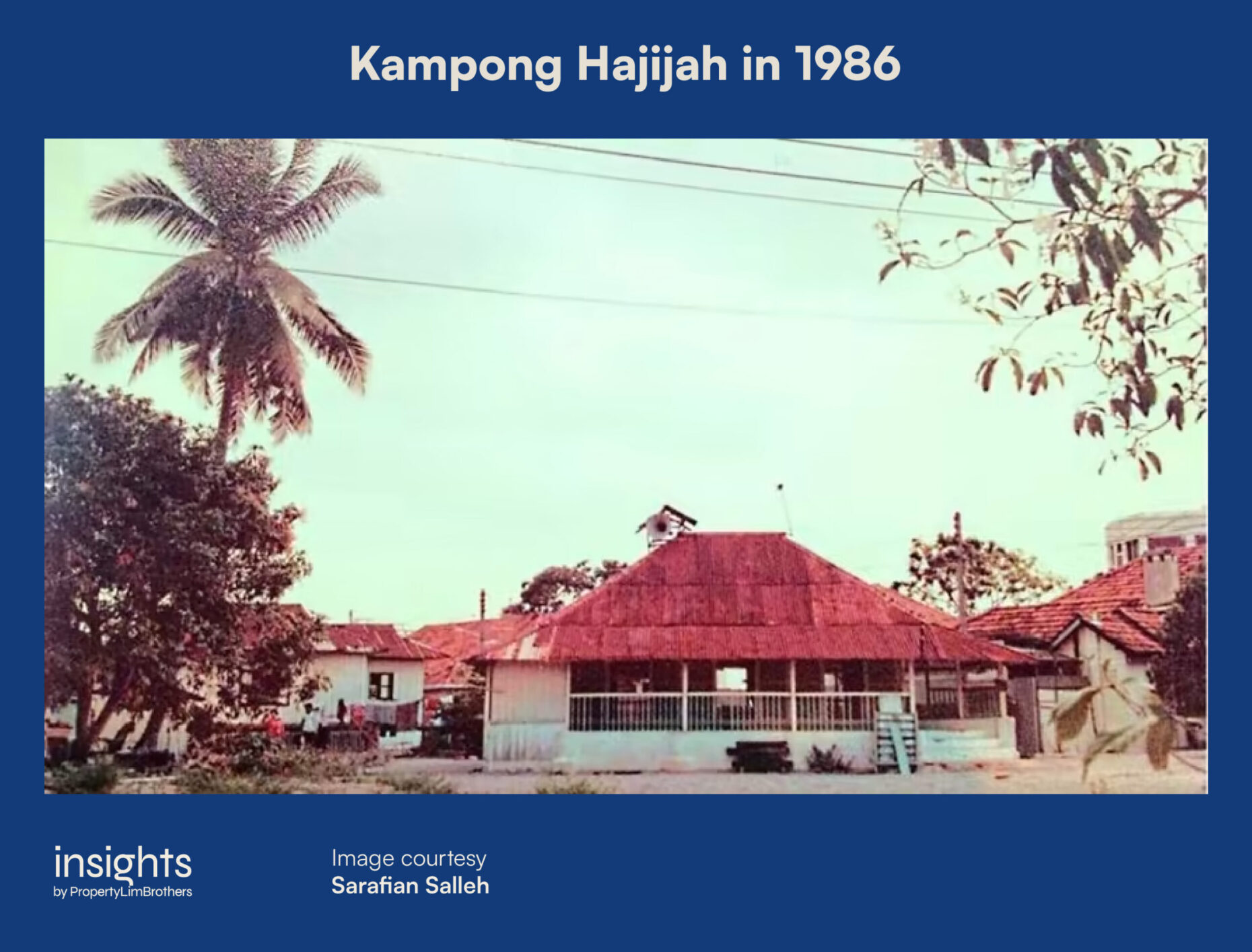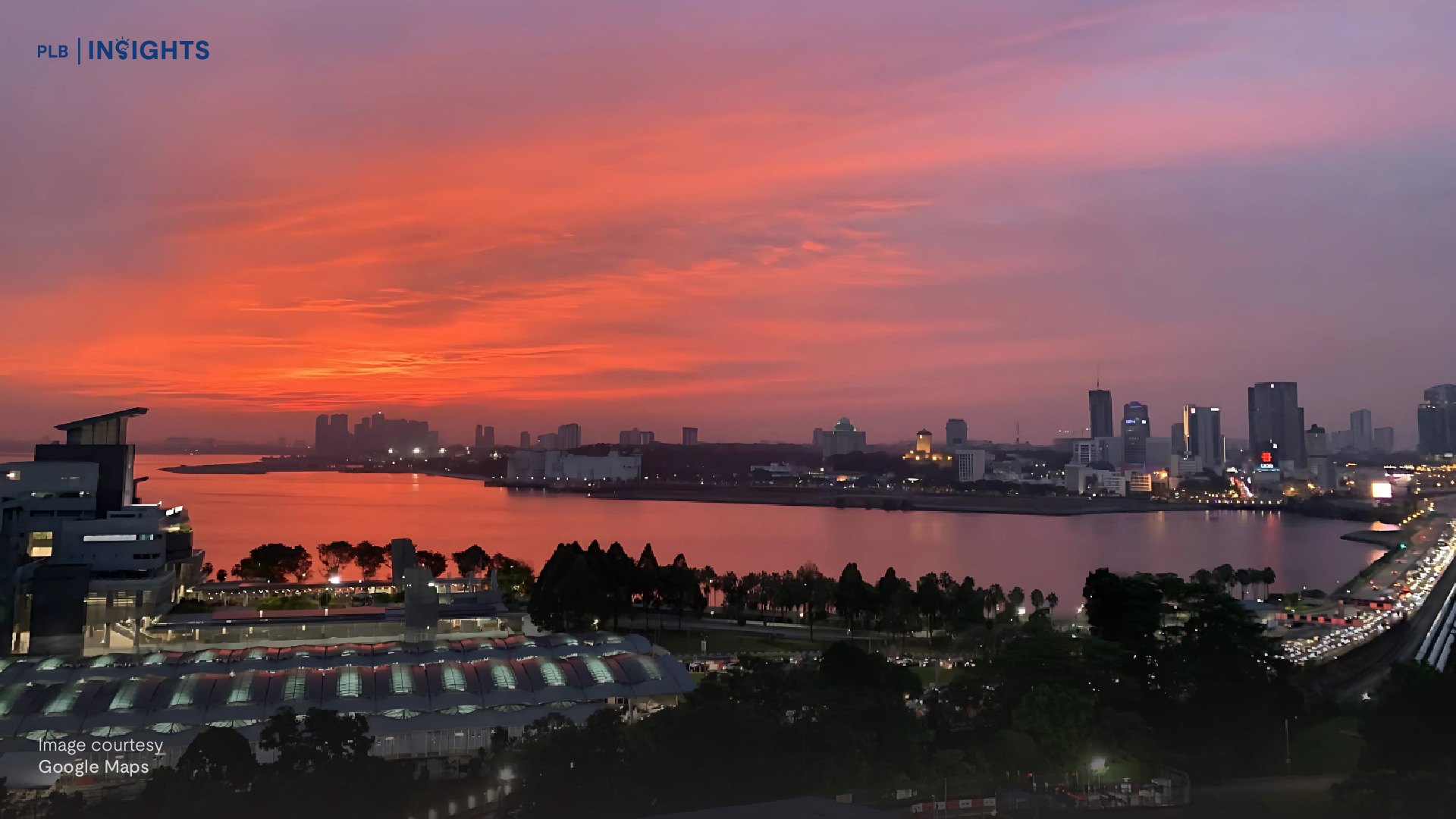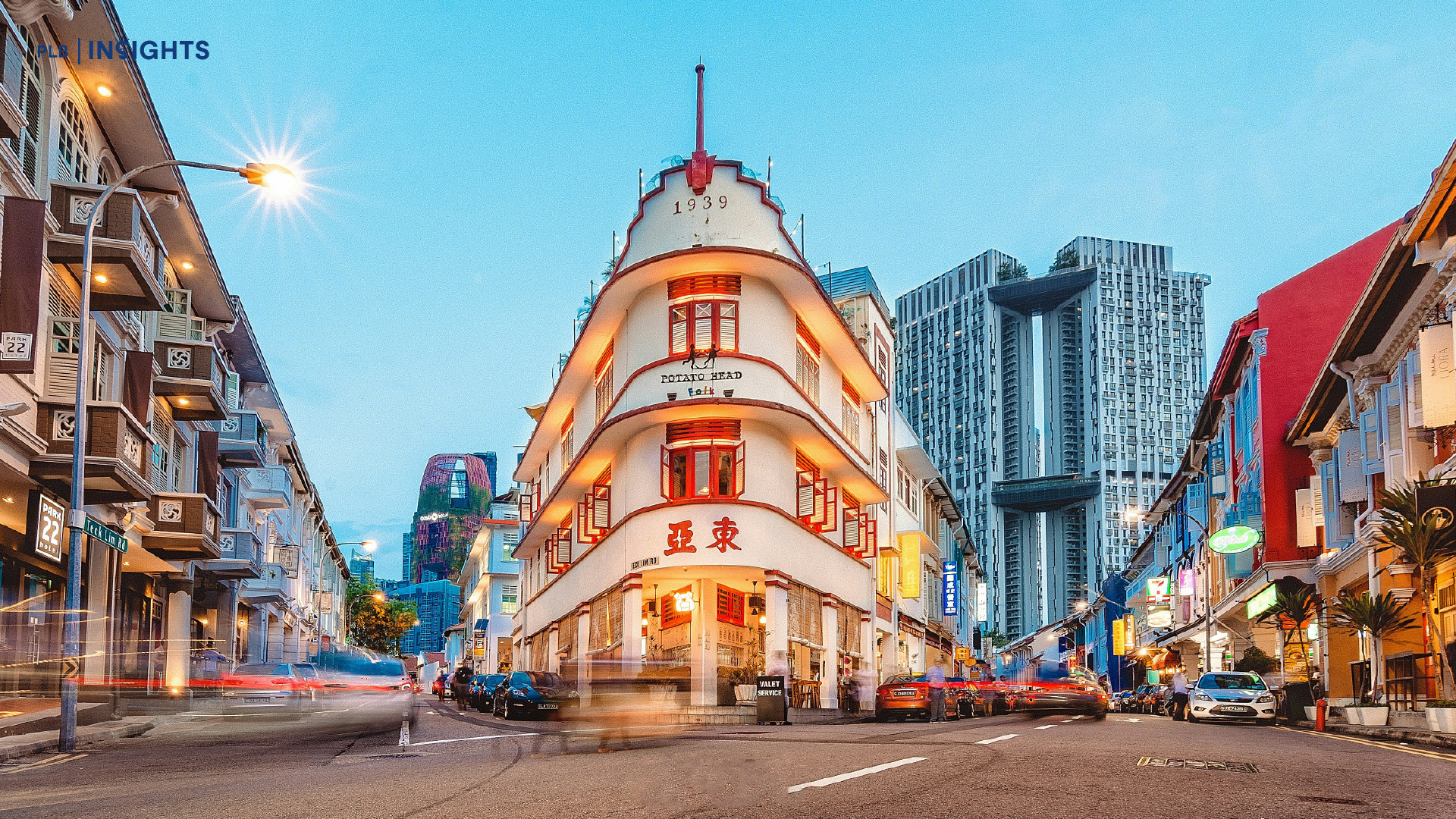
“Grandfather’s Road” — the colloquial way to tell off people who behave with a sense of entitlement, blocking the way of others, or as though their grandfather literally owns the road. Often thrown around to tease or scold, “Grandfather’s Road” is a household term, but how often have you heard “Grandmother’s Road” used?
True enough, only 41 out of over 3,200 streets in Singapore are named after women, with about 540 specifically named after men. Even then, half of the roads named after women are linked to British royalty, such as Queen Street named after Queen Victoria and namesake Alexandra Road.
The other half of the roads are mostly associated with female relatives of colonial administrators or early local businessmen. For instance, Joan Road and Olive Road were Christened after Sir Andrew Caldecott’s daughter and wife, respectively; and he was the Colonial Secretary of the Straits Settlements from 1933 to 1935.
As evident, most roads named after women do not celebrate their achievements in Singapore, but rather their relations to important men or to the British crown. To plug the lack of recognition, the Singapore Council of Women’s Organisations (SCWO) proposed for more roads and public spaces to be named after women, as they too have made “made significant contributions in our society and nation”.
In celebration of International Women’s Day, this article will explore four roads that are named to commemorate women’s achievements in Singapore.
1) Elliot Road and Elliot Walk
Located at Siglap are Elliot Road and Elliot Walk named after physician Dr. Patricia Elliot. She was the medical-officer-in-charge at St Andrew’s Mission Hospital (SAMH), a place famously known for treating the less fortunate and its unique architectural design, between 1927 to 1950. This time period was also a tumultuous time for Singapore, as the people were plagued with tuberculosis, with many needing medical attention. Despite the challenging times, Elliot upheld the vision of the missionary hospital and helped heal many.
In fact, Elliot championed the establishment of an orthopaedic hospital to help the increasing cases of unwell children. Established as St. Andrew’s Orthopaedic Hospital at Siglap in 1939, the hospital was the first of its kind to treat children with tuberculosis of the bones and joints. With a funding of $69,000, the new hospital was equipped with an operating theatre, X-ray room and two wards with a total of 60 beds to help more suffering children.
Paying homage to her dedication to save those children’s lives, Elliot Road and Elliot Walk were dedicated in her name, and they are near where the orthopaedic hospital once stood. Perhaps a coincidence, Elliot’s spirit in aiding the lives of children is still alive today as Siglap has never stopped serving children.
In the previous century, Siglap was where doctors like Elliot nursed children back to health, but today it provides children with knowledge. With numerous preschools, a few international schools and prestigious Victoria, the variety saves parents the hassle of moving to be closer to their children’s school. Furthermore, parents who have children of varying ages would also find this location extremely convenient.
Beyond brains, Siglap is also great for training brawns. East Coast Park and its many activities are only a 15 minutes walk away, where families can bond over the weekends. Siglap thus offers a space for children’s holistic development, carrying the legacy of Elliot’s efforts through time.
2) Jalan Hajijah
Similarly located in the east, near Upper East Coast Road, Jalan Hajijah recognises Hajijah Cemat, a wealthy landowner and philanthropist in the mid-20th century. Using her affluence, she built Kampung Hajijah and Masjid Kampong Hajijah, a modest mosque serving the village’s residents.
Before the establishment of the Mosque Building Fund in 1975, mosques like Masjid Kampong Hajijah were a rare sight, as there were only a few built across the island in the mid-20th century.
Hajijah’s contributions to her faith did not stop within the boundaries of her kampung. When the kampung and the mosque had to give way to urbanisation plans in the 1980s, Madam Hajijah donated some of her lands to build the original Kampung Siglap Mosque that still stands today. Surrounding one of the last few “kampong mosques” in Singapore are landed properties and condominiums recognised for their proximity to the sea and city centre.
3) Blackmore Drive
Another woman who dedicated her life to helping children was Sophia Blackmore, the founder of Methodist’s Girls School (MGS) and Fairfield Methodist School. She was the first woman missionary sent by the Methodist Women’s Foreign Missionary Society to work in Singapore, even though it was unusual for single women to serve in missionaries in the 1800s.
Blackmore’s passion for helping girls ignited a pioneering force in promoting education and welfare for them in Singapore. During a time when education was mostly reserved for males in the family, she had to go door to door to persuade families that their daughters needed education too. Beyond that, she also set up a boarding home for girls, fondly known as Nind Home, where it served as a residence for school-going girls, as well as orphans.
In recognition of her contributions to the school and the girls she helped, when MGS shifted to its Bukit Timah campus in 1992, a new access road to the school was named Blackmore Drive. Today, the road not only leads girls to education, but also guides people to nature.
Recent government initiative to preserve the biodiversity of Bukit Timah has led to the development of the Rail Corridor, which can be accessed from Bukit Timah Road via Blackmore Drive. Nature lovers will appreciate the view and convenience of the plethora of private residences in the area. Not only are they surrounded by greenery, residents will also soon have a bird’s eye view of it. A Sky Park built above the 3.2km Bukit Timah Canal will feature an elevated walkway for residents to stroll amongst leaves while improving the connectivity of the region, so that residents can truly be at one with nature.
Special Mention: Florence Close and Florence Road
Located in Hougang, Florence Close and Florence Road were named after Florence Yeo, the wife of a famous vermicelli manufacturer, Lim Ah Pin. Even though these roads were named due to Yeo’s association with a wealthy husband, she was still a feminist force to be reckoned with.
During a time when a woman should not overstep her boundaries, Yeo fought for her daughters to have a share of the inheritance. Truly somebody’s grandmother’s road, Yeo’s grandson recalled his grandmother’s progressiveness and praised her for being “forward-looking” when women were taught not to voice their opinions.
Closing Thoughts
These few roads remind us that it was not just men who shaped Singapore, and SCWO believes that more roads and spaces should be named after women as a more visible and physically permanent way to celebrate women’s achievements.
While changing and renaming roads is a challenging process, SCWO continues to push for their agenda with suggestions to create new roads within BTO estates to honour women.
Perhaps in the near future, we can use “Grandfather’s Road” and “Grandmother’s Road” interchangeably, as it was not just forefathers who have contributed to the development of Singapore, but also foremothers. Happy International Women’s Day!
If you have any questions about your property journey, or would like a second opinion on your options in the market, do contact us here for a tailored consultation with our experienced Inside Sales Team consultants.















